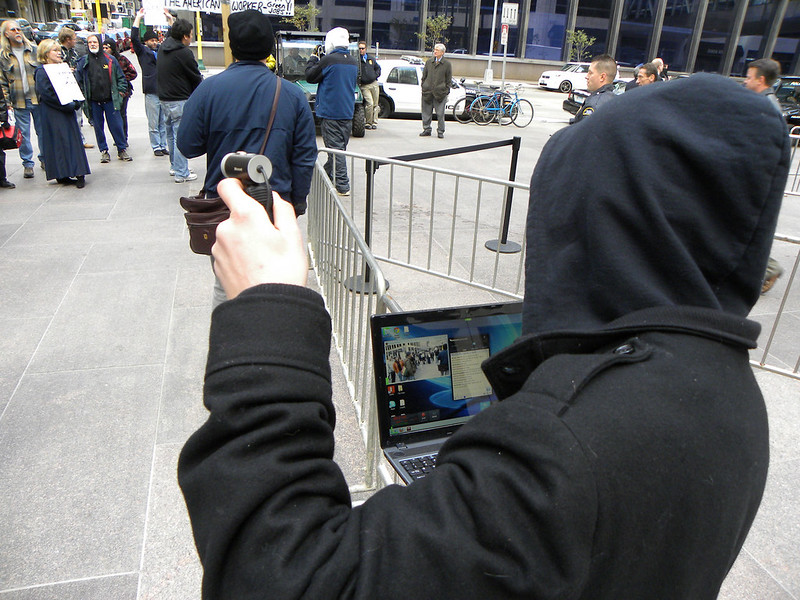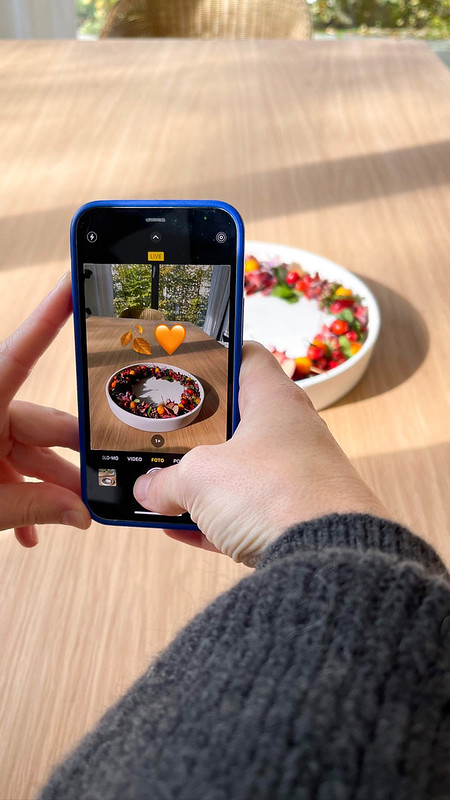
In a global context, livestream e-commerce are becoming increasingly popular, with livestreams on top accounts attracting an average of 266,000 viewers, generating 75,000 merchandise orders(Arora et al., 2021). In China, where live streaming e-commerce has had early success, it has attracted at least 32.9 percent of Chinese Internet users, making it the most popular type of live streaming in the country(Wang et al., 2022, p.702). The most primitive form of live e-commerce is the shopping guide website that guides people to shop, and then the TV shopping channel. With the rapid growth in the popularity of live streaming worldwide, various shopping guide websites have begun to introduce live streaming services, like Mogu. Hence, the guide shopping website will get a huge commission from e-commerce platforms (such as Taobao) every year. As a result, the e-commerce platform began to develop its own LSC service and ended the cooperation with the shopping guide platform(Wang et al., 2022, p.705). In the following article, I will look at the relationship between livestream commerce and consumers’ personal decision-making. First, it describes the form of LSC and the stickiness of LSC platform users, then it describes the network relationship marketing and the connection between users, and finally it is about the other side of LSC.
The impact of LSC form and user stickiness on consumers’ personal decision-making
- Let’s start with the expression form of live sales
Compared to traditional e-commerce, the conversion rate of live commerce is higher, usually 10 times higher than the average level of online shopping, up to about 30%. While, the average e-commerce conversion rate is around 2.5%-3%. I think it’s because the form of LSC sales has a deeper impact on consumers’ personal decisions. In real-time live video, it can be observed that the identity of the seller’s expression, body language, can be transmitted to the customer in real time. The measurement of the product is more direct and simple, and it is impossible to edit the image of the product picture like the ordinary product interface and face-to-text communication can be carried out in the same space and time, not just text-to-text(Wongkitrungrueng et al., 2020, p490).
If consumers want to make online shopping decisions, they must consider two aspects, what to buy and where to buy(Koo et al., 2008 as cited in Wang et al., 2022, p.706). If it is an ordinary purchase on an e-commerce platform, then it is necessary for the consumer to evaluate the goods and evaluate the online store. High-quality live e-commerce can help consumers to ensure and inspect the quality of sellers, but also more professional evaluation of products. Therefore, if you choose to buy goods in the form of live e-commerce, it will help consumers shorten the price consideration period, and save more time and energy to do more meaningful things. In the following article, I will look at the relationship between livestream commerce and consumers’ personal decision-making. First, it describes the form of LSC and the stickiness of LSC platform users, then it describes the network relationship marketing and the connection between users, and finally it is about the other side of LSC.
- User stickiness of live streaming e-commerce

In my opinion, the form of live e-commerce also increases the stickiness of platform users, and the attribute of high stickiness also has an impact on consumer decision-making. Live streaming commerce is also stickier than other content streams, which I think is why LSC conversion rates are higher. I think when it comes to LSC and its user stickiness, we have to mention the anchors in live streaming. They can be internet influencers or ordinary people(Wang et al., 2022, p.707), they are the market intermediary between merchants and consumers, help merchants find the buyer pool, and help consumers find the most suitable products for them(Chen et al., 2002 as cited in Wang et al., 2022, p.707). Especially when the anchors are Internet celebrities, because their own fan stickiness is higher than ordinary people. They will share their life content through online personal accounts such as Facebook or Instagram(Wongkitrungrueng et al., 2020, p490), in order to increase the engagement of fans, the number of followers and build their own profile. So when they live to bring goods, fans are more likely to choose to trust them to buy their products through their usual words and deeds, and improve the conversion rate of LSC.
Influences of online relationship marketing of sellers or anchors on consumer decision making
The consumer decision making process is usually divided into three stages, formulation, evaluation and appraisal(Holtzman, 1988 as cited in Wang et al., 2022, p706). In the consumer decision making process, I believe that the online relationship marketing used by the seller and the human interaction between the two are crucial to the outcome of the decision. The positive or negative emotions generated by consumers have a significant impact on their decision making (Mehrabian and Russell 1974 as cited in Wang et al., 2022, p706).

Then there is the seller’s network relationship marketing, which is usually divided into two types, transactional and relational selling orientation(Wongkitrungrueng, 2020, p.491). Transactional is to acquire more new users, more short-term. The relational type aims to enhance and maintain the relationship with existing customers for greater benefits, is more long-term, and has shifted its focus to the psychological and emotional level (Wongkitrungrueng et al., 2020, p491). I believe that a stable e-commerce live broadcasting is to develop the relationship between them and the audience from transactional to relational. Consumer trust is the most important factor in consumer decision making and Internet relationship marketing. Once both parties begin to upgrade and improve their relationship, the level of trust, commitment, and interdependence will continue to rise(Wongkitrungrueng et al., 2020, p492). Users are also divided into five basic behavioral stages when shopping online: awareness of shopping needs, information search, alternative evaluation, decision to purchase and post-purchase evaluation (Wang et al., 2022, p706). Because of the trust of the merchant, when the consumer has the purchase demand, it may spend less time to evaluate, compare and buy the product. And the relationship method is beneficial to both parties, merchants get more business orders. The seller can shorten the entire decision-making process time, through the previous purchase experience, there is no pressure on the psychological level, and will not worry too much about the quality of the product.
The two-sided nature of live e-commerce
Of course, the LSC is not perfect and ineffective, and it also has shortcomings. For example, as consumers become familiar with LSC, shopping efficiency will decrease(Wang et al., 2022, p704); Some immoral anchors will take advantage of consumers’ trust in them to sell fake commodities; LSC may experience unexpected technical problems at any time, resulting in live broadcast interruptions or problems with consumers’ online purchases.
Conclusion
Overall, live e-commerce can provide consumers with simultaneous empty services according to their purchase needs to a large extent, so the conversion rate of live e-commerce is also the highest among all live broadcasts. At the same time, e-commerce live broadcasting also brings companionship to consumers and eliminates loneliness, because traditional online shopping is usually carried out alone, but live business is always a very collective experience.
The Link Between Livestream E-Commerce and Consumer Decision Making © 2023 by Shan Chen is licensed under Attribution 4.0 International
CC BY 4.0
Foodnotes
- Basiouny, A. (2022, August 31). Why livestream commerce is on the rise. Knowledge@Wharton. https://knowledge.wharton.upenn.edu/article/why-livestream-commerce-is-on-the-rise/
- Portors, C. (2022, August 19). Live-streaming e-commerce continues to grow. Barclay Pearce Capital. https://www.barclaypearce.com.au/blog/live-streaming-e-commerce-continues-to-grow
- Shopify Staff. (2023, July 27). What’s a good average ecommerce conversion rate in 2023? Shopify. https://www.shopify.com/au/blog/ecommerce-conversion-rate
- Wang, Y., Lu, Z., Cao, P., Chu, J., Wang, H., & Wattenhofer, R. (2022). How Live Streaming Changes Shopping Decisions in E-commerce: A Study of Live Streaming Commerce. Computer Supported Cooperative Work, 31(4), 701–729. https://doi.org/10.1007/s10606-022-09439-2
- Wongkitrungrueng, A., Dehouche, N., & Assarut, N. (2020). Live streaming commerce from the sellers’ perspective: implications for online relationship marketing. Journal of Marketing Management, 36(5-6), 488–518. https://doi.org/10.1080/0267257X.2020.1748895





Be the first to comment on "“The Link Between Livestream E-Commerce and Consumer Decision Making”"